(November 14, 2023) In the last twenty years, a group of innovative young chefs within the lively Indian diaspora has skillfully explored the untapped possibilities of regional Indian cuisine. According to a survey by German food enthusiasts at Lieferando, the irresistible charm of Indian cuisine has skyrocketed to remarkable levels, solidifying its standing as the second most sought-after culinary experience on social media.

A testament to this trend is the recent success of three Indian restaurants — Rania in Washington, DC, Semma in New York City, and Indienne in Chicago — all of which were bestowed with Michelin stars just last week. Semma, helmed by chef Vijay Kumar, received one Michelin star for the second consecutive year. Meanwhile, Rania, under the leadership of chef Chetan Shetty, and Indienne, guided by chef Sujan Sarkar, each earned one Michelin star.
Driven by an unwavering passion for their heritage, these culinary geniuses have propelled traditional recipes to extraordinary heights, infusing each dish with a mindful blend of consciousness, innovation, and boundless creativity. Global Indian highlights these exceptional chefs, ready to reshape the narrative surrounding Indian cuisine on the global stage. Their unparalleled talent and bold audacity have shattered the constraints of convention, unravelling the perception of Indian food as mere spice-laden fare.
Semma, New York City
Just one morsel of any dish at this restaurant, and you’ll find yourself transported to the tropical ambiance of Tamil Nadu. Interestingly, after years spent working in restaurants from Chennai to California, Chef Vijay Kumar joined forces with Roni Mazumdar and Chintan Pandya to transform the existing establishment into a venue that faithfully replicates the flavours Kumar fondly remembers from his upbringing.
View this post on Instagram
Talking about winning the Michelin for the second year, Roni Mazumdar of Unapologetic Foods – the parent company of Semma shares with Global Indian, “Working with Chef Vijay is humbling and inspiring. We started the journey with the unwavering faith that our cuisine will be noticed around the world more than ever and the 2nd star pushes the boundaries even further. We still have a long journey ahead for our regional cuisines but we are certainly making strides.”
Celebrating the success of Semma, Chef Vijay says, “I am happy no doubt to be able to retain the Michelin star for the second year. However, it is exciting that three Indian restaurants won the Michelin stars. The event was packed there were over 600 people and since they had many announcements to make they kind of rushed through them and clubbed all our names together.”
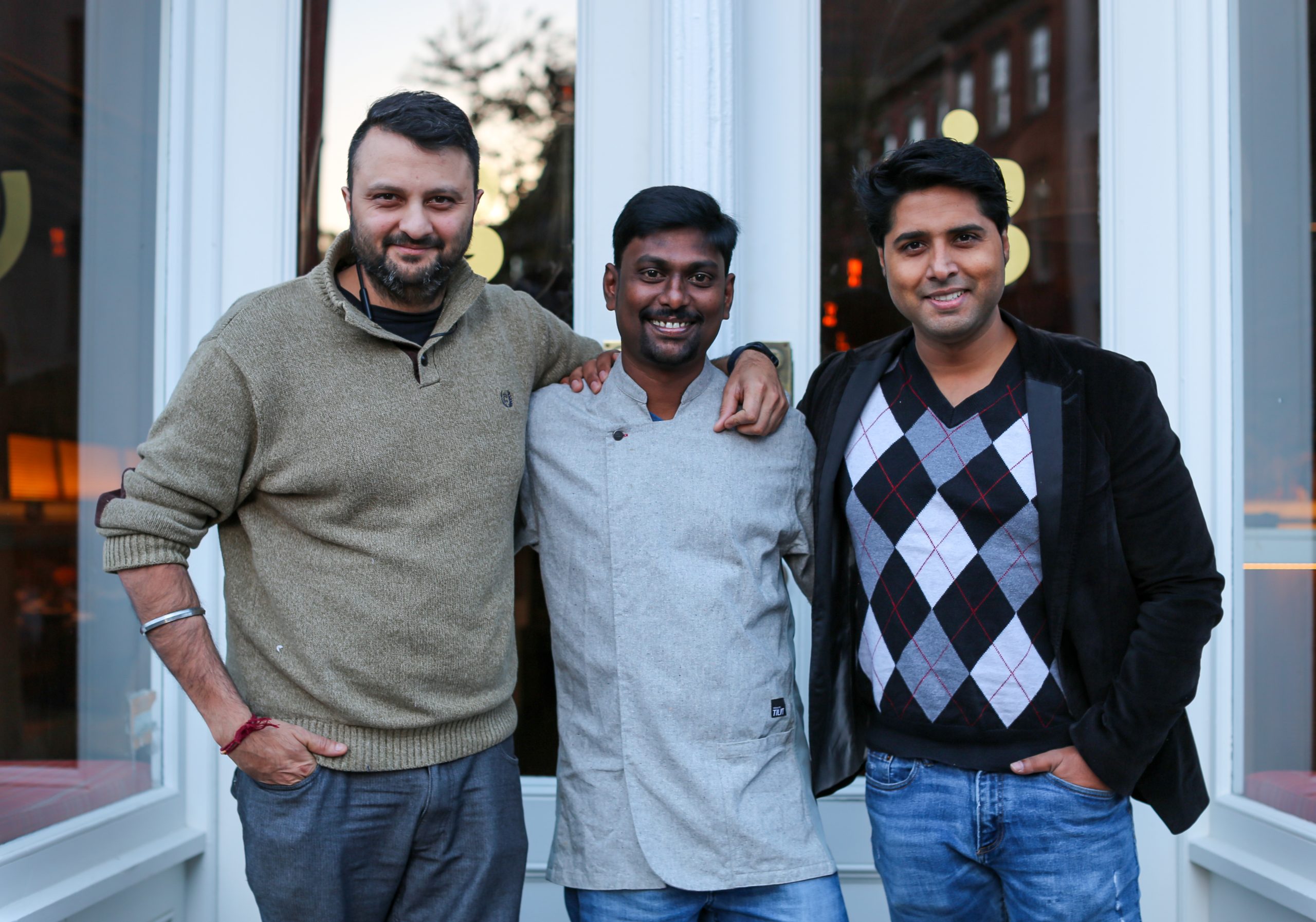
Chef Chintan Pandya with Chef Vijay Kumar and Roni Mazumdar
But, is there any pressure on the chef after the back-to-back wins? “No. But, I do feel I have the responsibility to represent our culture and country through our food,” shares the culinary wizard, adding, “I am happy that micro-regional Indian food is getting this kind of recognition. It is regional and super authentic and humble food. The other two winners do a more modern version of Indian food. Our cuisines do have a lot of potential and if French and Italian can be so popular why not Indian.”
Rania, Washington D.C.
This upscale dining concept is truly fit for royalty, and the name of the restaurant reflects just that – “queen”. Chef Chetan Shetty presents a truly captivating experience with his innovative menu. The offerings include contemporary touches and a few delightful surprises, such as the braised pork belly vindaloo. Dishes like the shiso leaf chaat strike a harmonious balance between playful spirit and elegant tones, while the ghee-roasted lamb encased in a delicate lentil cheela offers a spicy kick harmonised by a buttermilk mousse. Lastly, the dessert, a slightly sweet strained yogurt mousse with hints of pistachio and cardamom, serves as the perfect finale.
View this post on Instagram
The culinary mastermind’s innovative and contemporary approach honours the time-honoured culinary traditions, embracing rich flavours, spices, and diverse agricultural regions across the subcontinent. Taking to social media to share the news, Chef Chetan Shetty wrote, “My First Michelin star. You will always be special. Feels good when your efforts are recognized (sic).”
Indienne, Chicago
Throughout his career, Chef Sujan Sarkar has consistently pushed the boundaries of Indian cuisine with his modernist sensibilities. Now, in Chicago, he is unveiling Indienne, a tasting menu restaurant where his Indian culinary expertise harmonizes with classic French techniques. The restaurant features an $80 vegetarian menu and a $90 option for omnivores. Across both menus, patrons can expect Indian dishes crafted with unconventional ingredients and employing European culinary methods.
View this post on Instagram
“I want it to be fun, I want to be interactive,” the culinary genius said during an interview, “It’s not where you just go and sit down and go home. It will be more! It has to be fun, it has to be light and airy.” If you find yourself at this restaurant, be sure to indulge in some standout dishes, notably Chef Sarkar’s galauti and lamb burrah. Additionally, don’t miss the vada served with Golden Osetra caviar, and the lobster-topped bisi bele bath, a flavourful dish made with rice, lentils, and over 30 other carefully selected ingredients.




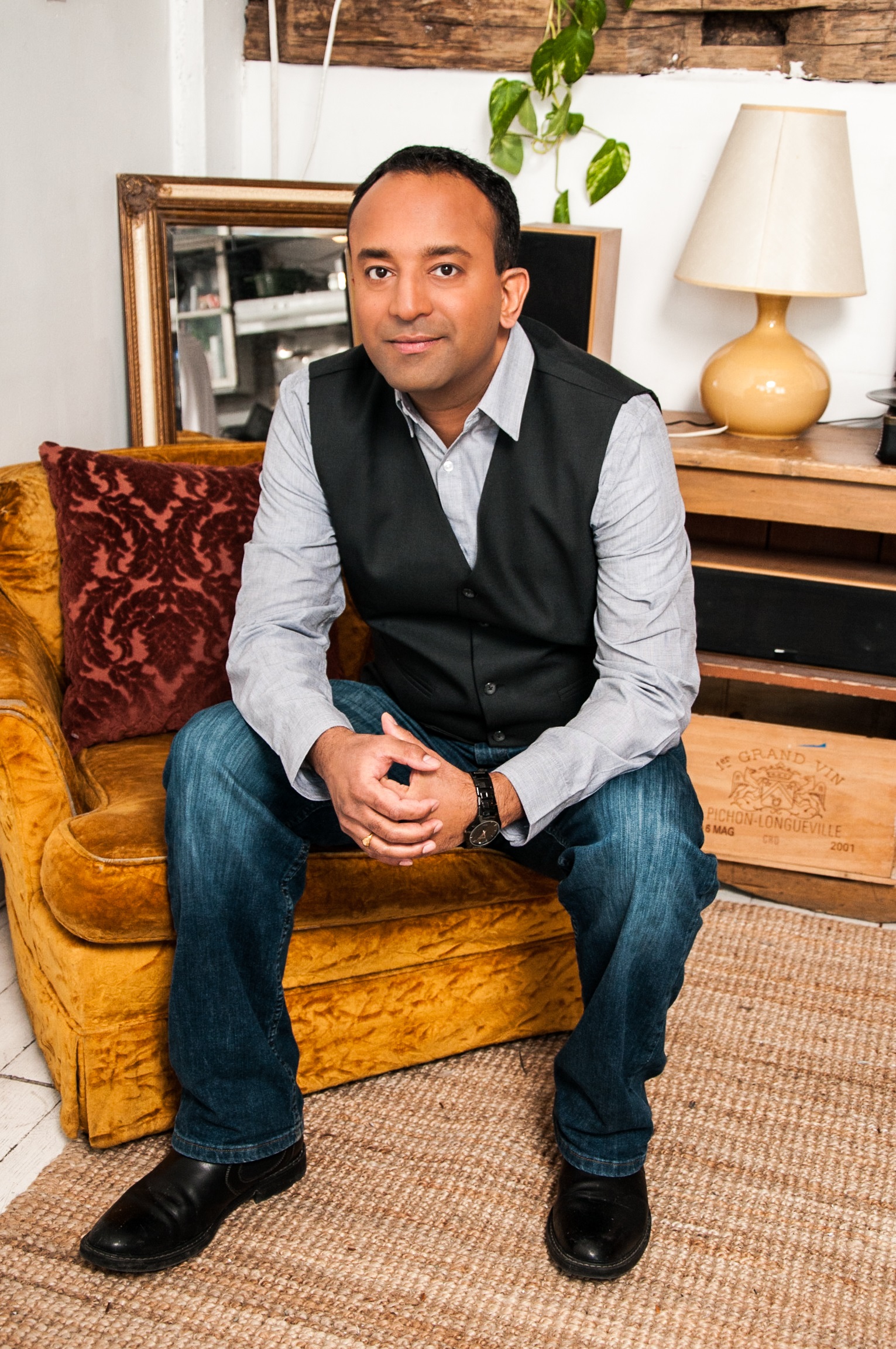
 Golfer's Edge is an indoor golf arena in Chennai[/caption]
Golfer's Edge is an indoor golf arena in Chennai[/caption]
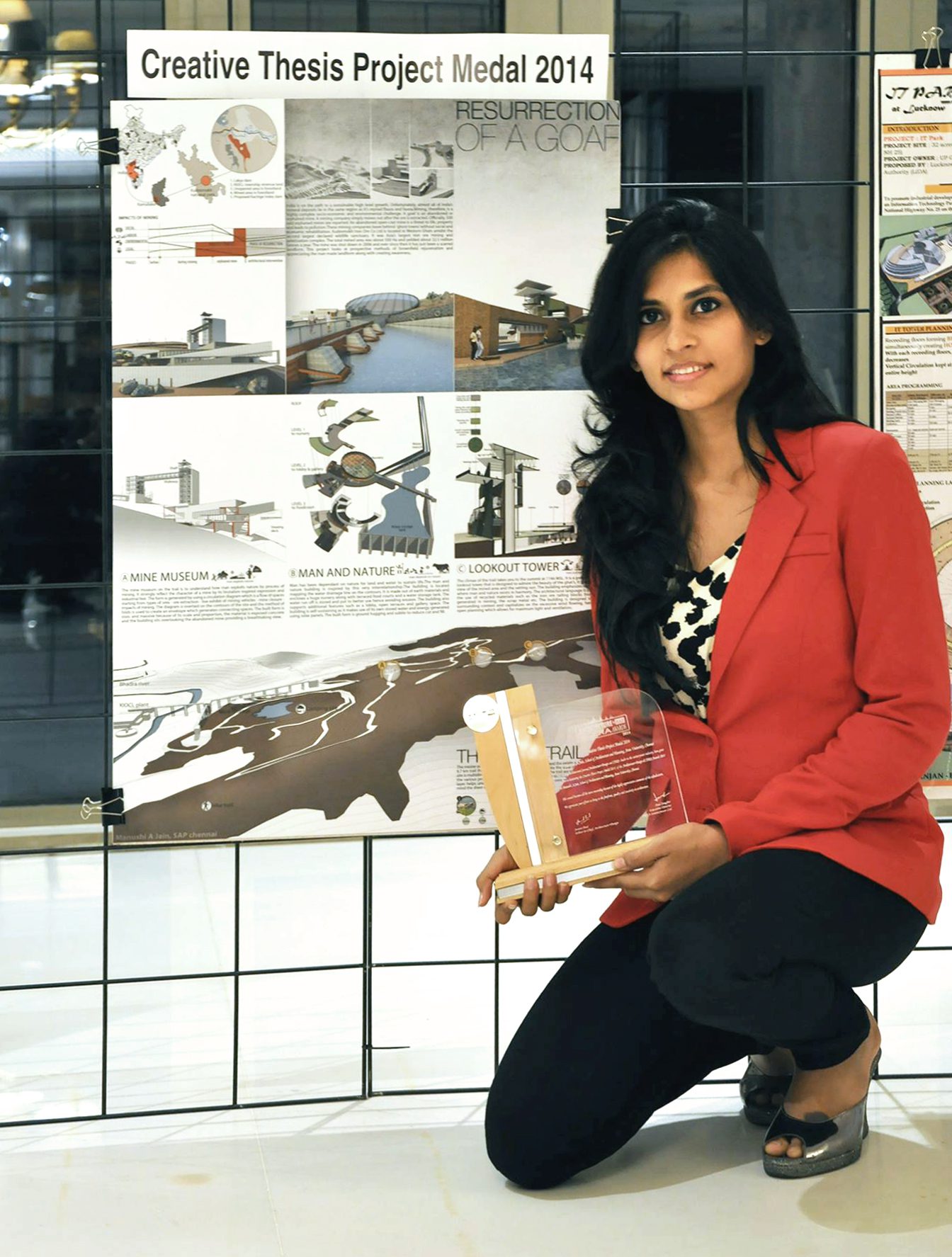



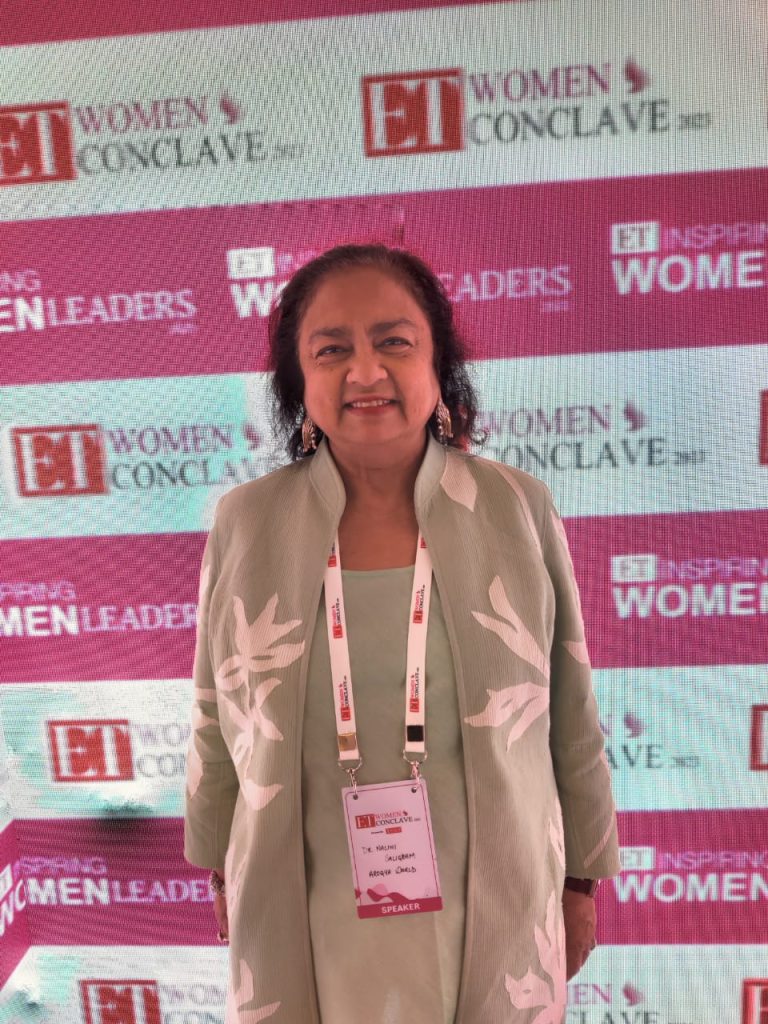
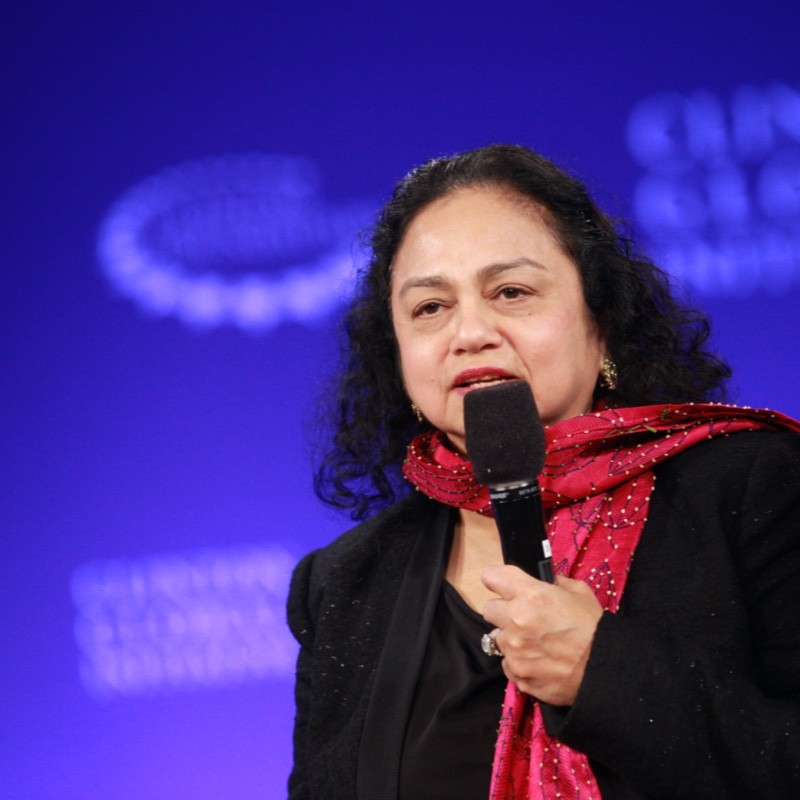


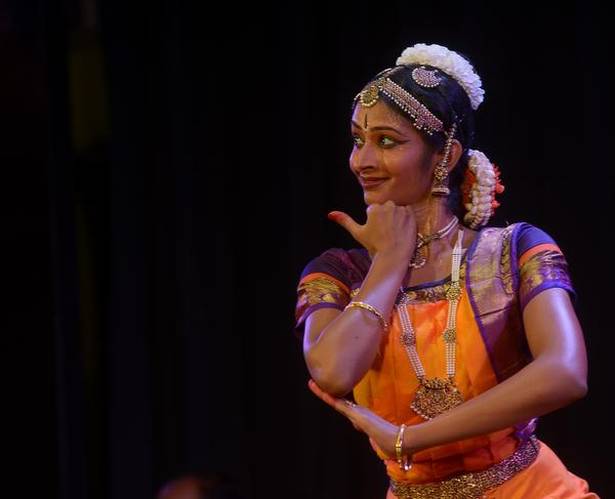 Shriya Srinivasan during a dance performance Photo Courtesy: The Hindu[/caption]
Shriya Srinivasan during a dance performance Photo Courtesy: The Hindu[/caption]